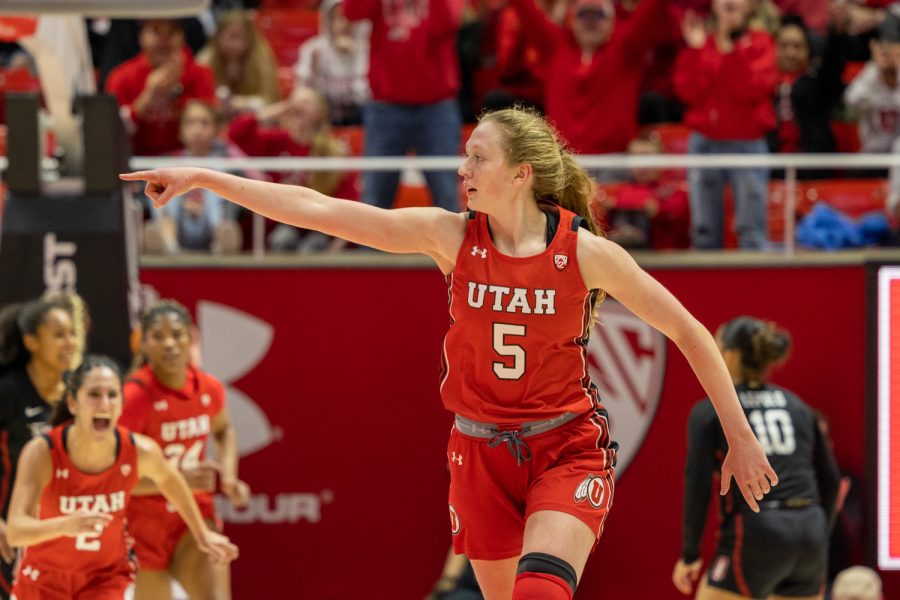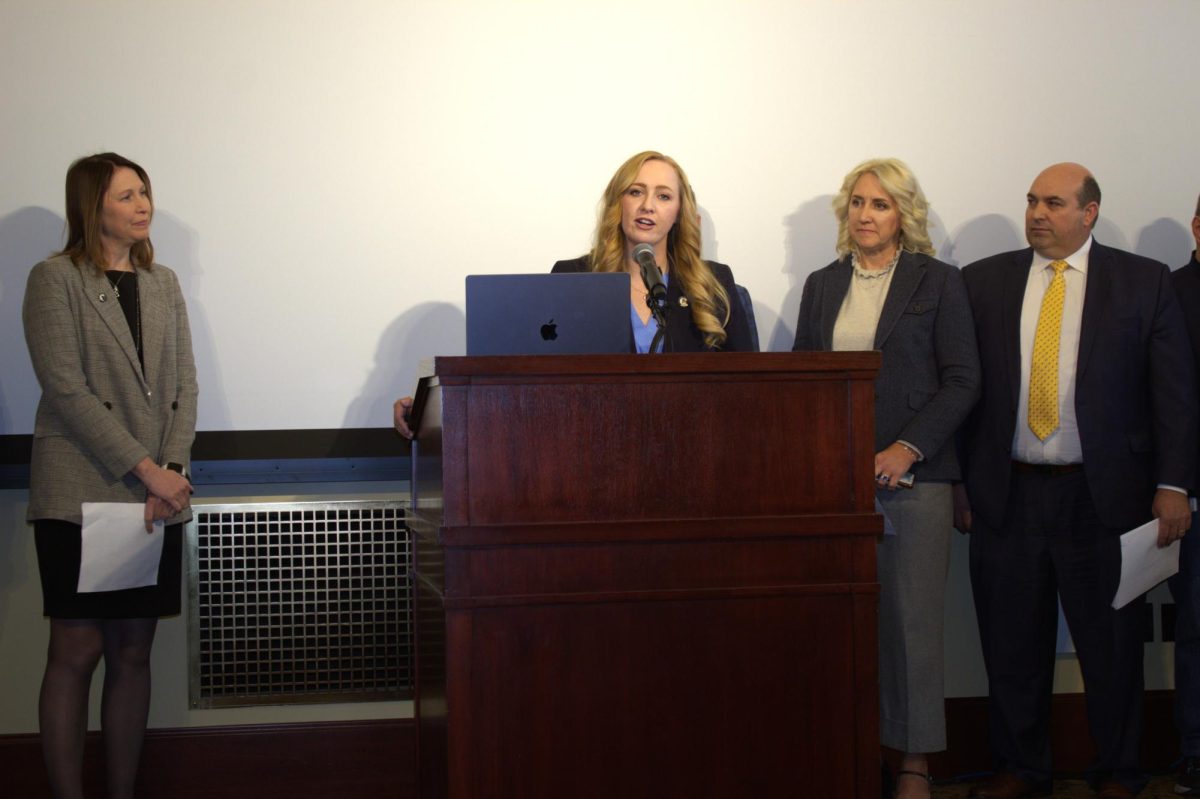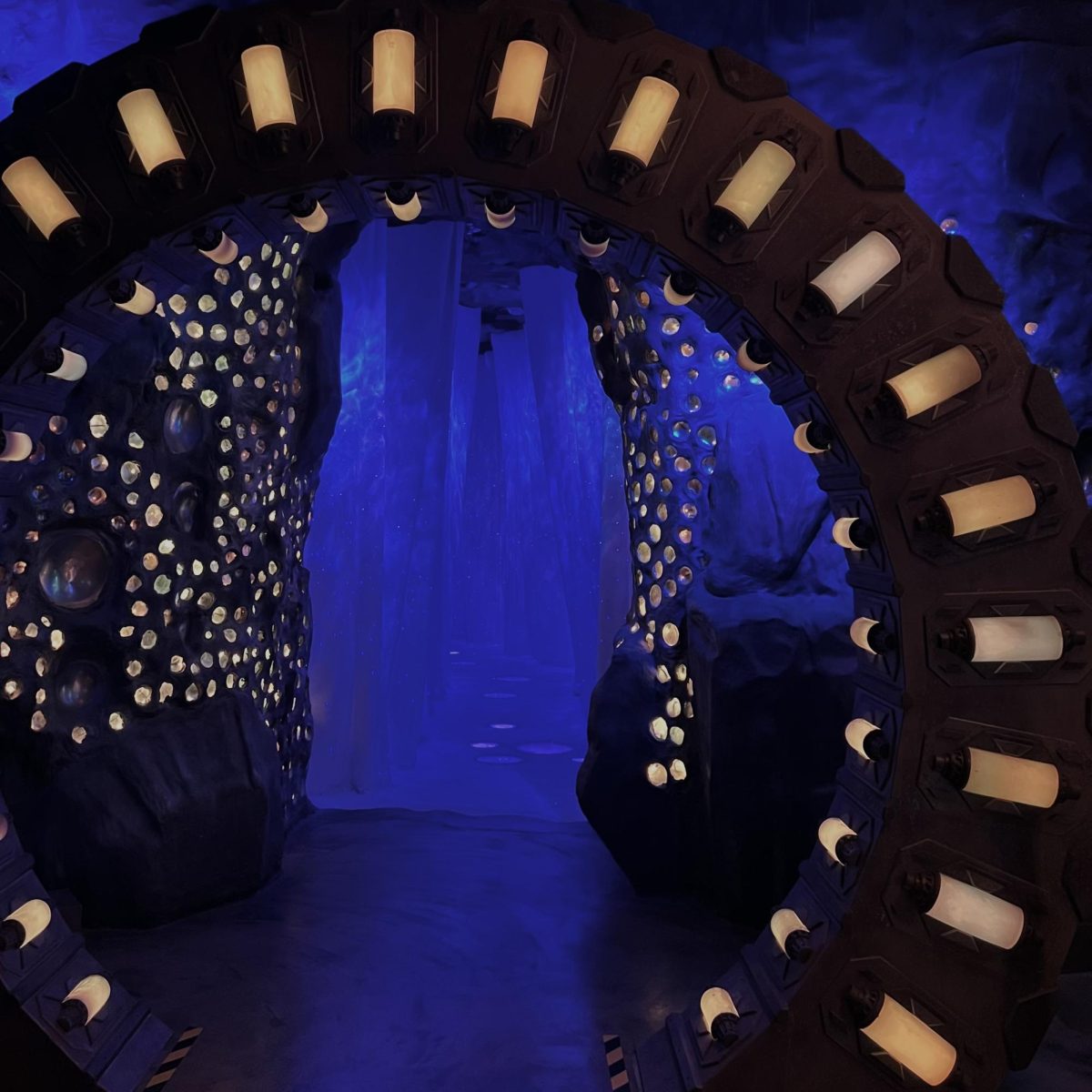Evolution of COVID-19 Testing at the U Culminates in Self-Serve Options
(Graphic by Sydney Stam | The Daily Utah Chronicle)
March 21, 2022
The University of Utah currently offers self-serve COVID-19 testing at twelve sites around campus. Students, faculty and staff may use these sites up to twice per week. Immediate household members are still eligible to be tested at the U, but must use staff-assisted sites.
“There are basically two models … one vending machine model where you swipe your UID card and you can get a test kit,” said Cameron Wright, the campus COVID-19 testing program manager. “The other model is just a front desk pick up model where you show your UID and you can grab a kit at any of a number of sites around campus.”
Noah Bodnar is an assistant program manager for campus COVID-19 testing and has been with them since 2020. He explained where the idea for the self-serve testing options came from.
“We actually saw this idea first through a couple of different universities across the U.S., one of them being UCLA,” Bodnar said. “And they are the ones that also had the vending machine, as well. So we were like, let’s try and model something similar to them.”
Bodnar said he considers the vending machines to be a success.
“It has been a positive thing for campus to be able to have just all this testing available to all the different students, faculty, staff, hospital employees and research staff,” he said.
Self-serve format is new this semester, as COVID-19 testing at the U has constantly evolved throughout the pandemic.
“The first three weeks [of fall 2020] we used nose swab and throat swab tests and then Labor Day we switched to the spit test,” said Madi Baggett, assistant program manager for campus COVID-19 testing team. “We were able to use core labs, work with them and create a PCR test that required less saliva and had a faster turnaround time. And that we launched last January … Worst case scenario it’s 48 hours, but a lot of people see it [their test results] within three to six hours on an average day.”
Originally, tests were sent to an off-site laboratory, but this has since changed to local PCR tests that are processed on campus. This is what makes test turnarounds much quicker. The testing has been in effect since early 2020 and continues to this day.
Cameron Pascua, a biomedical engineering master’s student at the U, has seen all the different COVID-19 testing methods over the years.
“I believe the best testing option has been the [self-serve] kiosks,” he said. “It just makes it a lot easier for students to access, as long as those kiosks are stocked.”
Wright also said it was preferable because of resources and expenses.
“It’s less expensive in terms of our resource utilization,” Wright said. “Where it’s easier for people to do a test, they’re more likely to get tested … We’re not mandating testing on campus so our only way to move the needle on reducing the spread of coronavirus on campus is then to make it as easy as possible for folks to do it.”
The self serve tests have fluctuated in popularity as different variations of the virus have swept across campus and the United States. According to Bodnar, at the height, they were testing 10,000 plus people a week, but it has since leveled off at around 3,000.
“I think the hardest thing that we didn’t expect to be quite so hard was keeping up with the testing demand,” Baggett said. “Because when we were doing in-person, the most you would see in a day was like four to five hundred. And then when we started doing this, the first three weeks consistently [had] at least 1,500 a day coming through with that self-serve testing.”
This semester, about ten percent of tests are through staff-assisted sites, which also cuts down on expenses. This also allows the campus testing team to accommodate more people.
As COVID-19 case numbers decrease, the only change Bodnar noted in testing is the possible reduction of operations and testing during summertime when people are not on campus.
Pascua praised the University’s response to the need for COVID-19 testing, especially at the beginning of the pandemic.
“I think with what the university has been able to control, the U’s response to COVID in general has been really well thought out and pretty well-implemented,” he said. “I am thoroughly impressed by the testing and accessibility of testing.”
For more information, such as testing locations, visit https://alert.utah.edu/covid/testing/.









